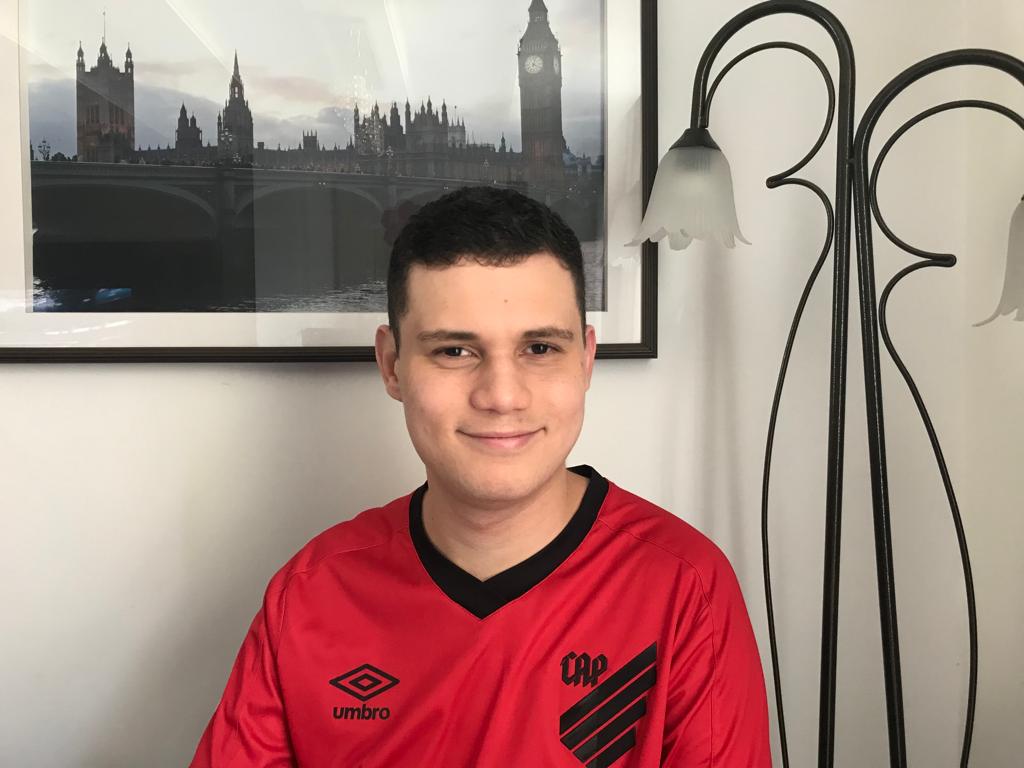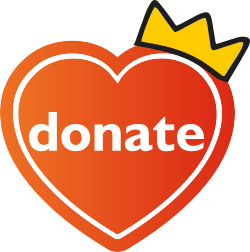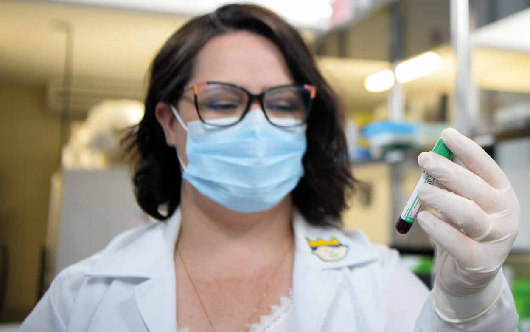William is a former patient and is fulfilling his dream of becoming a lyrical singer
In autism awareness month, learn about this inspiring story and the characteristics of this condition that affects about seventy million people worldwide, according to the UN

William is 19 years old and has just passed the entrance exam for the Escola de Música e Belas Artes do Paraná. With his powerful voice, he captivates everyone he reaches with his lyrical singing. Despite William’s autism, the family never gave up on investing in the young man’s dreams. “It wasn’t easy, but we realized that he needed our help to know how to live in society and face all the difficulties,” says his mother, Luciane de Mello Correa. Today the family feels fulfilled and leaves an important message for those who have just discovered the autism spectrum diagnosis in their children. “Do not despair. Resources are infinite. And never underestimate your children. William found his way around the corner, but everyone has tastes, they have dreams. And we need to help them on that path, which is entirely possible,” she emphasizes.
Autism is a spectrum, meaning each person experiences different combinations and traits at different intensities. It is a serious condition that affects different areas of neurological development, impairing the ability to social interaction, verbal, and non-verbal communication, in addition to behavior. Described in 1943 by psychiatrist Leon Kanner, autism is widely evoked in the month of April, dedicated to raising awareness of the topic.
The cause of autism is a complex interaction between genetic factors and environmental conditions. Some aspects can influence the appearance of the spectrum, such as substance use during pregnancy, premature birth, or excessive use of screens, especially in the first year. “Autism is a disorder that has two main axes: relationship difficulties and social communication difficulties, in addition to the tendency to repetitive and stereotyped behavior. It is important to note that any disorder has to cause an issue, and become a disorder for the person,” explains neuropediatrician Anderson Nitsche, from Pequeno Príncipe Hospital.
Types of autism
In 2013, the American Psychiatric Association’s statistical and diagnostic manual – referred to as DSM-5 – incorporated the diverse types of autism into a group and, with that, there was a leveling, which is organized through the support a person needs to perform activities planned for her age.
- Level 1 support: requires professional assistance once or twice a week. In general, people have mild symptoms, such as difficulties in social situations and language, repetitive and restrictive behaviors, or excessive behaviors, for example: greeting or talking to strangers on the street.
- Level 2 support: professional follow-up is moderate, up to three times a week. People who have intermediate symptoms typically may have difficulty with social interactions, restrictive and repetitive behaviors, may not make eye contact or express emotions, and have short conversations.
- Level 3 support: must have professional support up to five days a week. People with severe symptoms, such as difficulty in communication and social situations, use of few words, and many restrictive and repetitive behaviors.

Diagnosis and treatment
One of the factors that involve a good outcome for the treatment of the autism spectrum is to identify it the early as possible. The signs appear in the first months of life, but the disorder is investigated, on average, between 4 and 5 years. The diagnosis of autism spectrum disorder (ASD) is eminently clinical, so it is important for parents, family members and teachers to observe the behavior of the child or adolescent in different contexts. In some cases, it is possible to apply neuropsychological tests that score and grade the chances of an autistic behavioral pattern or not. “Starting early means identifying symptoms and starting treatment. If there is any suspicion, it is necessary to seek a specialist doctor and perform an intervention,” says the neuropediatrician.
After the diagnosis, another point that requires attention from parents or guardians is the follow-up method. Nowadays, autism does not have a drug treatment, so a multidisciplinary team focused on each patient is necessary. “The main treatment is therapeutic and involves three main professionals in addition to the neurologist, namely: the psychologist, the occupational therapist and the speech therapist,” he points out.
Medical follow-up also varies according to the level of the spectrum and the needs of each child or adolescent and is customized. A consensus among professionals indicates that it is necessary to address each of the characteristics of autism – such as delay in language development or food selectivity – for an overall improvement to be noticed. “A child or adolescent with ASD can have a very good quality of life and be happy, especially those at level 1, who are in effective treatment and live in a good family environment,” reinforces Nitsche.
Integra Project
To provide quality care to children and adolescents diagnosed with the autistic spectrum, Pequeno Príncipe Hospital develops the Integra Project, which offers services in various modalities such as psychiatry, speech therapy, psychology, occupational therapy, and community care.
“It is always important to note not only the difficulties, but also the potential of children and adolescents. For example, a person who has communication difficulties may perform instrumental activities in a way that is far ahead of her development. The important thing is that we can provide this support and provide the treatment the individual needs,” highlights psychiatrist Jaqueline Cenci, who coordinates the project.
The initiative, which is conducted using resources from the National Support Program for Health Care for People with Disabilities (Pronas), assists children and adolescents in Curitiba and municipalities in the metropolitan region.
Click below to learn about William’s story.
More
After hospitalization for COVID-19, brothers discover rare disease
Children participated in worldwide research that investigates genetic aspects linked to resistance to the coronavirus
Virtual reality glasses help fight pain
Film that simulates a roller coaster helps distract children as they go through procedures that generate anxiety and fear









